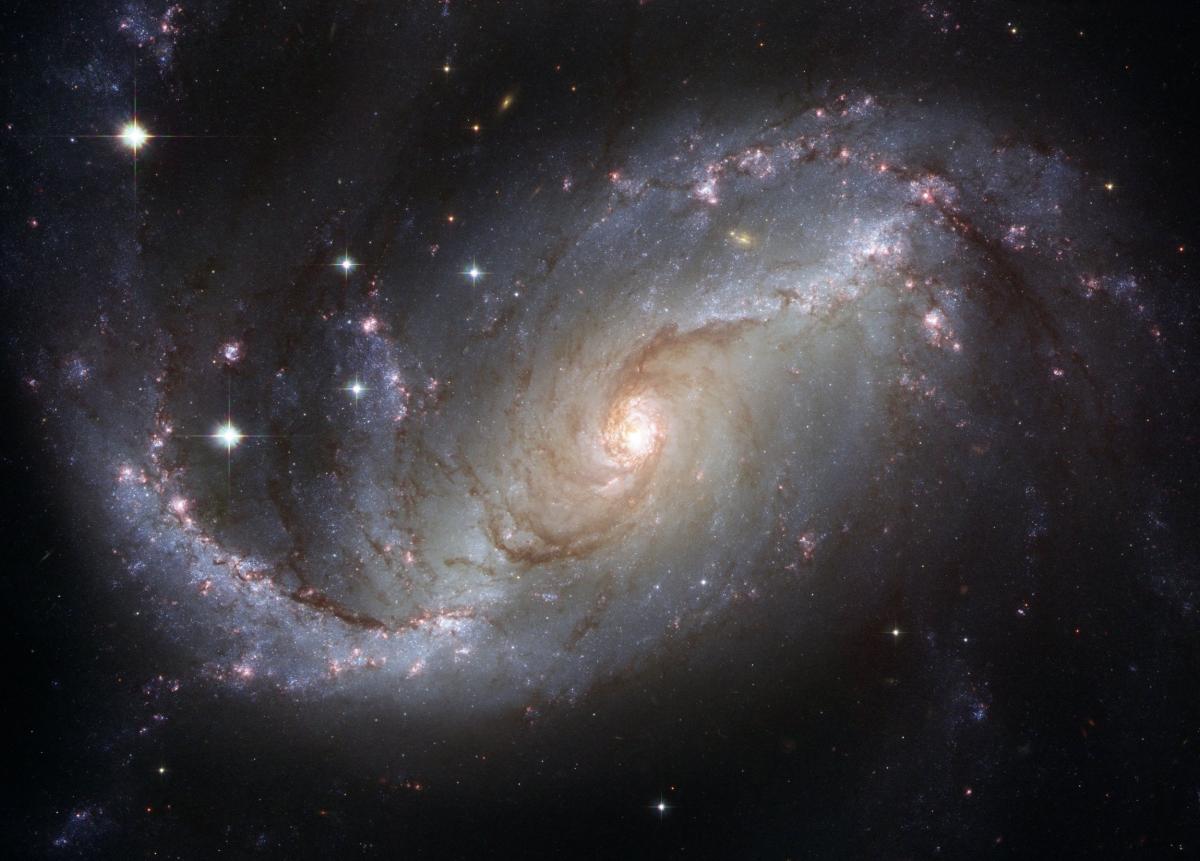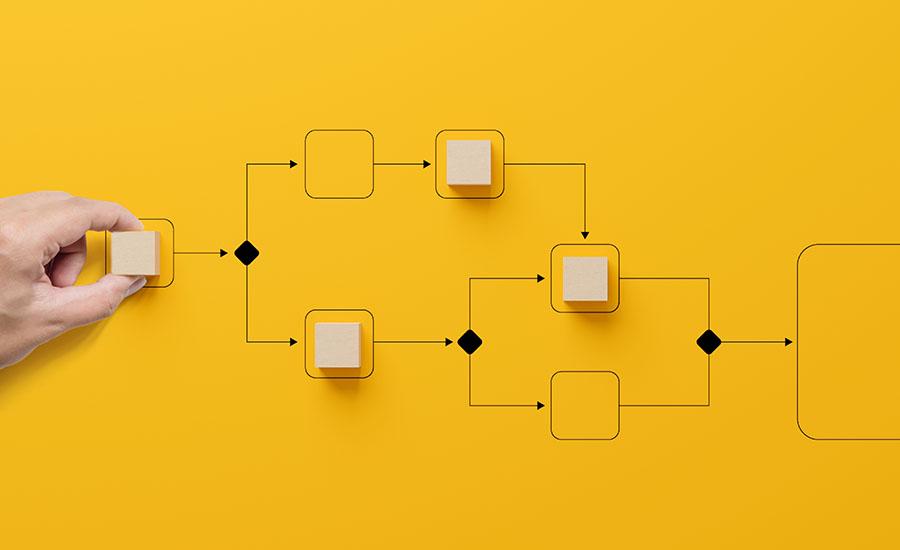
Glow-in-the-Dark Investigations
by Emily Bogusch
In this lesson, students explore glow-in-the-dark materials using regular flashlights and UV flashlights. They then add phosphorescence and the emission of EM energy to previous models of light and color. This lesson leads students to further investigations of albedo (not included here).
Lesson Plan Link/URL
https://docs.google.com/presentation/d/15Nvq_r3hut8P2iDIxUfqMt9ZasNC0nd8/edit?u…Subject Area
Science Physical Science P1: Matter P4: Energy Transfer Earth and Space Science E1: Earth Systems Technology 3. Knowledge Constructor Engineering S4: Apply Science to Engineering
Featured
Off
Related Content

Grades:
7th Grade, 8th Grade, 9th Grade, 10th Grade, 11th Grade, 12th Grade
This is an introduction to exoplanets and their discovery. In the hands-on activity, students make a lightcurve for an exoplanet transit using data from the DIY MicroObservatory Telescope Network.

Grades:
9th Grade, 10th Grade, 11th Grade, 12th Grade
This lesson is designed for Day 3. Students use outside resources to modify and test helmet effectiveness with Pocketlab sensors. In this hands-on lesson, students will create a prototype and run
